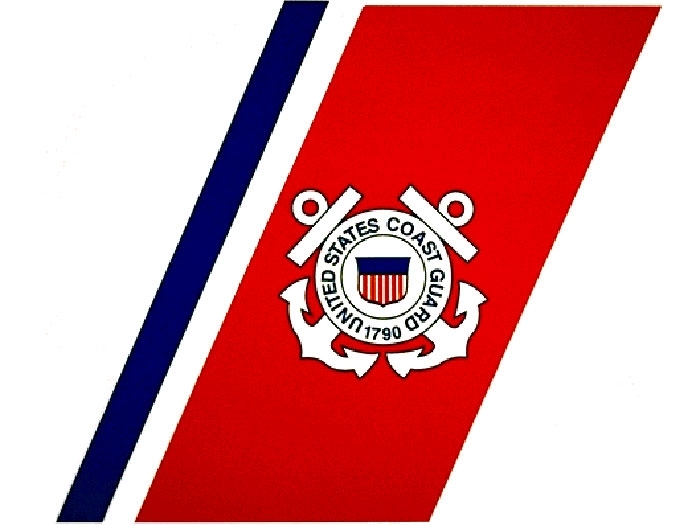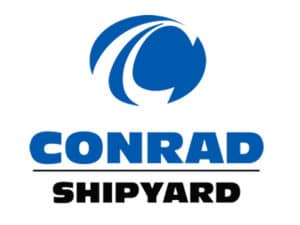
USCG updates fuel switching safety alert
Written by Nick Blenkey
NOVEMBER 19, 2015 — The Coast Guard has updated a safety alert that it issued in March (see earlier story) on making the MARPOL-required switch from conventional to ultra low sulfur fuel oil before operating within Emission Control Areas.
That alert followed several reported incidents involving substantial machinery space fuel leakages while vessels were switching fuel oil and the occurrence of many losses of propulsion associated with changeover processes and procedures.
Now the Coast Guard has confirmed several reports it has received stating that main engines may not attain the expected speed when using ultra low sulfur fuel oil and added two additional recommendations (highlighted in red in the extract below) to those it made in March.
Following is the text of the update recommendations:
The Coast Guard strongly recommends that vessel owners and operators ensure the following measures are completed as part of their fuel oil switching procedures:
- Ensure fuel oil switching is accomplished outside of busy traffic lanes and the ECA. Generally the ECA is 200 nm from the North American Coast and 50 miles from the U.S. Caribbean coast (e.g., the Commonwealth of Puerto Rico and the U.S. Virgin Islands);
- Utilize their technical resources to develop safe operations and maintain full compliance with emission requirements;
- Consult with engine and boiler manufacturers for fuel oil changeover guidance and to determine if system modifications or additional safeguards are necessary;
- Consult fuel suppliers for proper fuel selection;
- Ensure all sensors, controls and alarms (e.g., pressure, temperature, viscosity, differential pressure, and flow indicators) are operational and function as designed;
- Ensure system piping, seals, gaskets, flanges, fittings, brackets, etc., are maintained;
- Ensure detailed system schematics are available;
- Review and update fuel oil changeover procedures as needed;
- Establish a fuel oil system inspection and maintenance schedule;
- Remember that the energy content of a given volume of ULS fuel oil may differ from residual fuel, such that existing throttle settings may not give the desired propeller shaft RPM or generator loads; performance and speed trials on ULS fuel oil may need to be conducted;
- As part of the master-pilot information exchange (as required by 33 CFR 164.11(k)), discuss the vessel’s maneuvering characteristics, including any change in RPMs associated with ULS fuel oil;
- Determine if using ULS fuel necessitates amendments to the pilot card (see IMO RES A.601(15) and NVIC 7-89);
- Review and update fuel changeover procedures based on lessons learned;Provide initial and periodic crew training for accomplishing safe, effective and leak-free fuel switching; and
- Anticipate that there may be many technical challenges for operators when beginning to use ULS fuel oil as a matter of routine and compliance. These range from excessive leakages of fuel system components, increased wear and tear on these components, lack of lubricity of the fuels, and the need for possible changes in maintenance schedules, operational methods, etc.
Download the alert HERE





Leave a Reply
You must be logged in to post a comment.